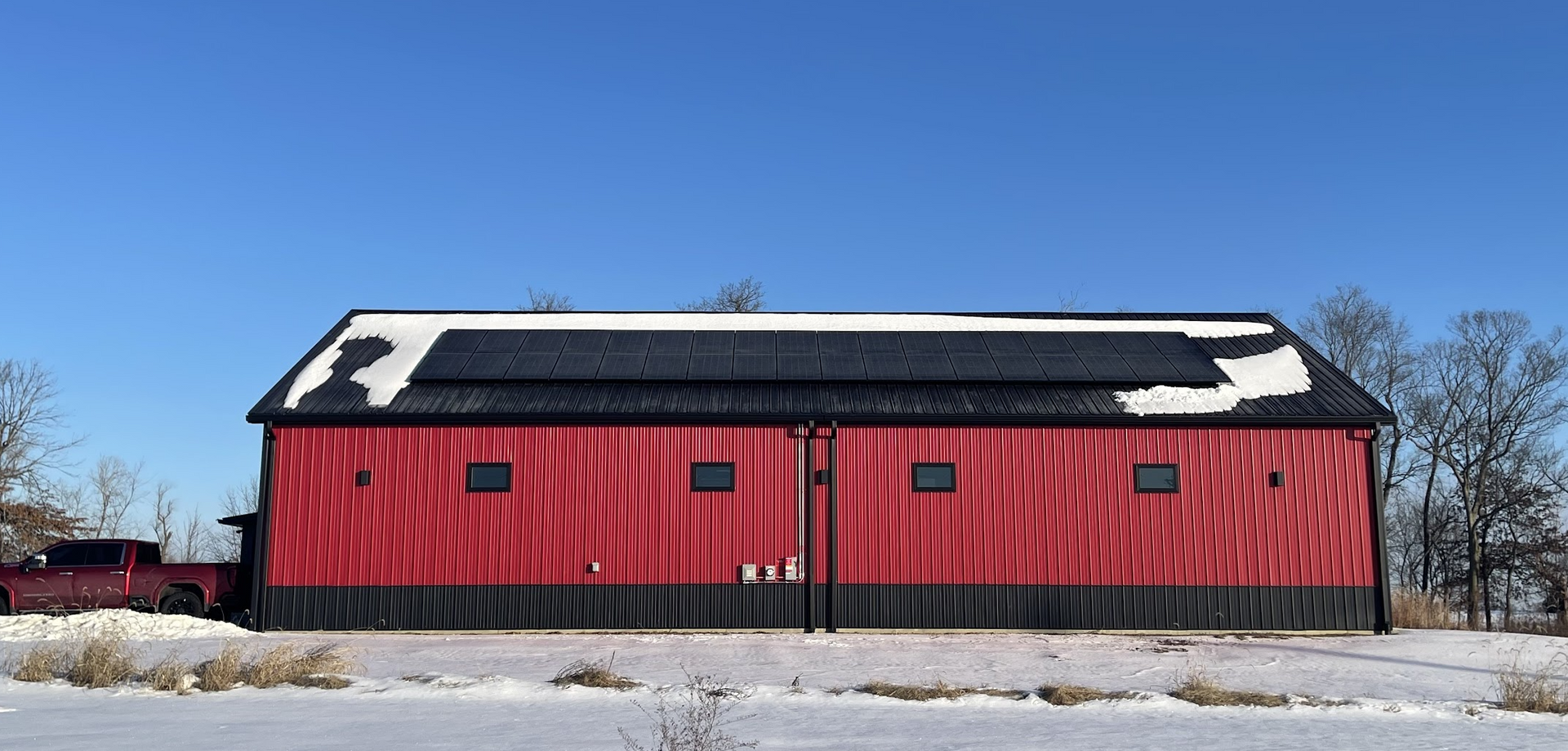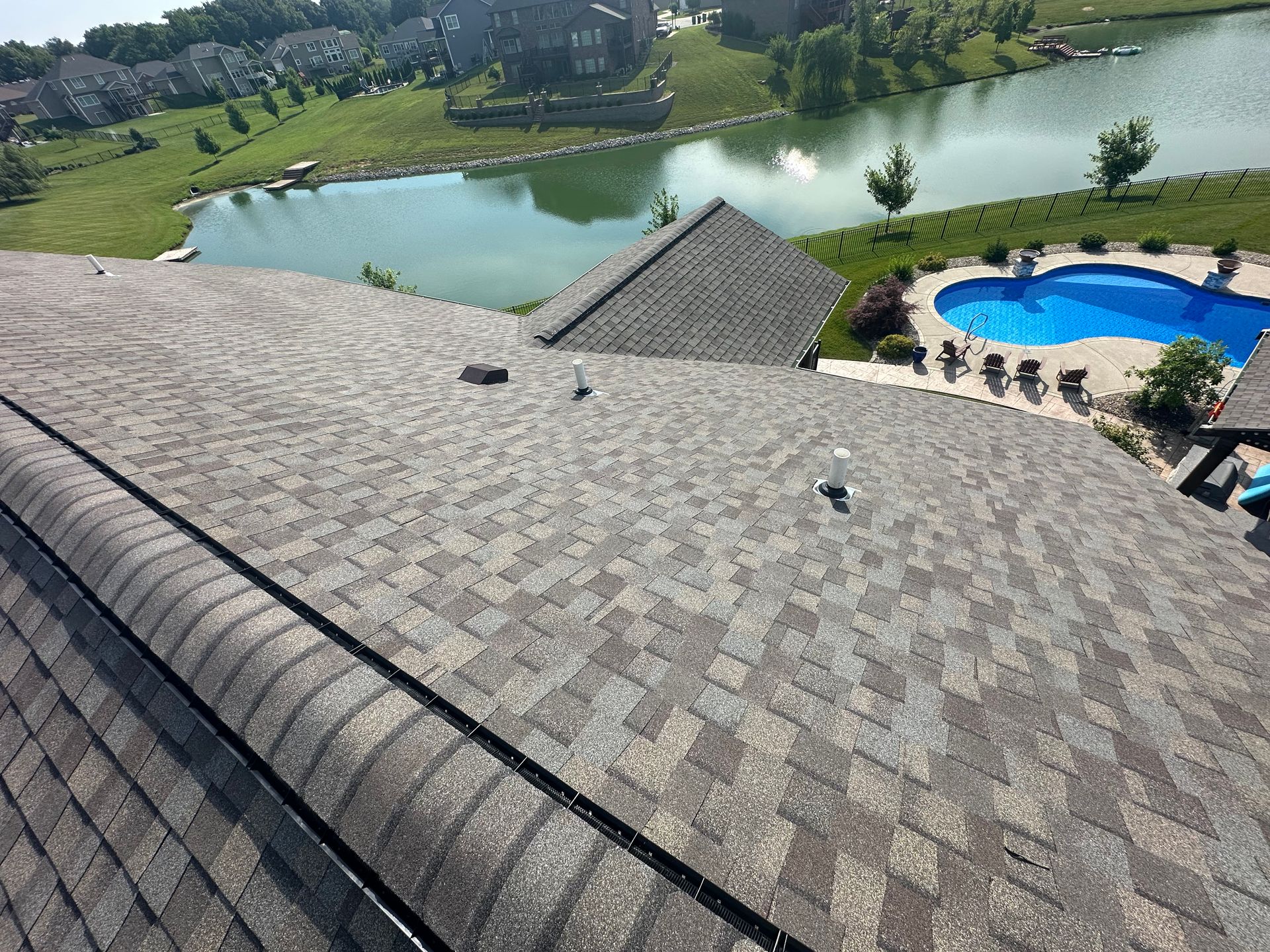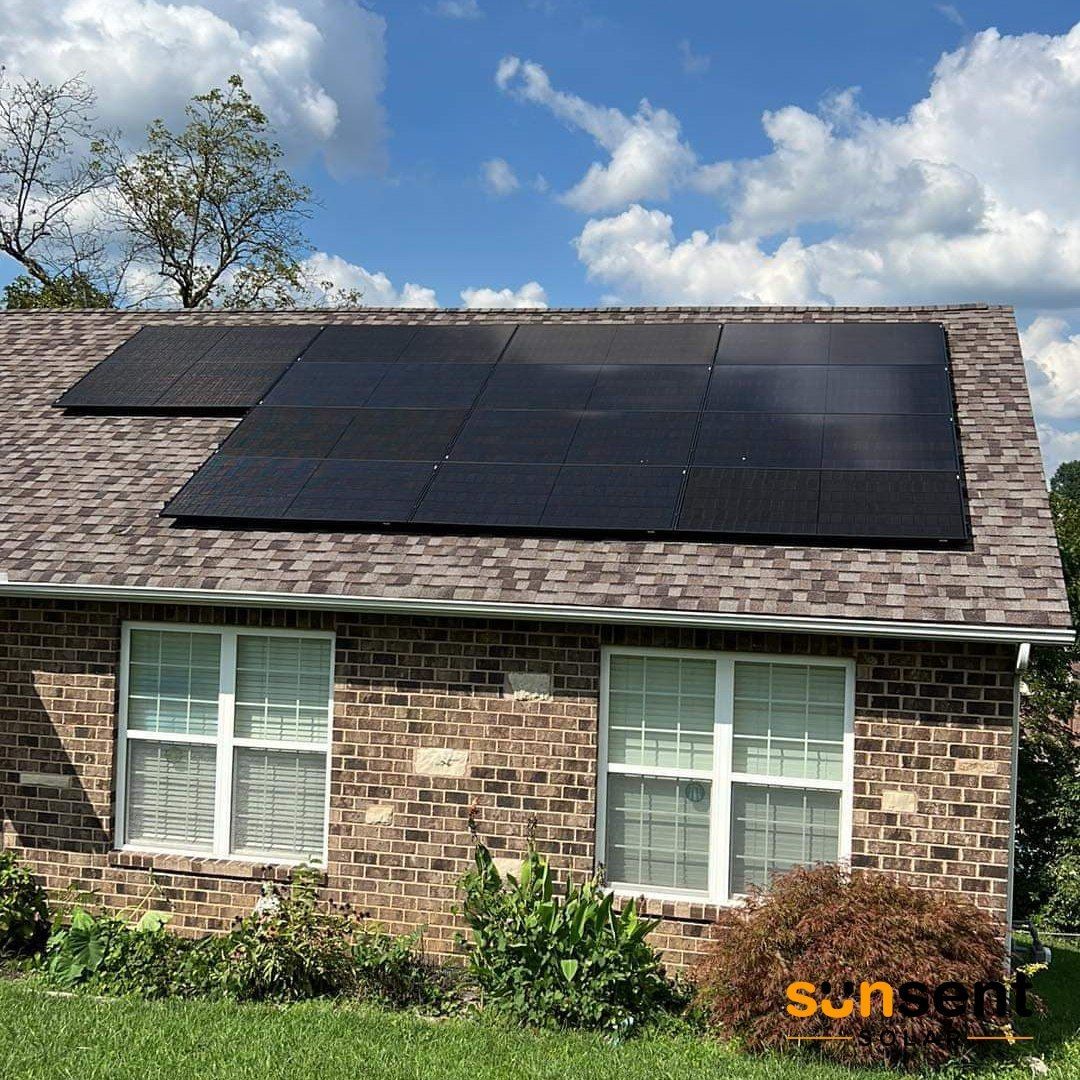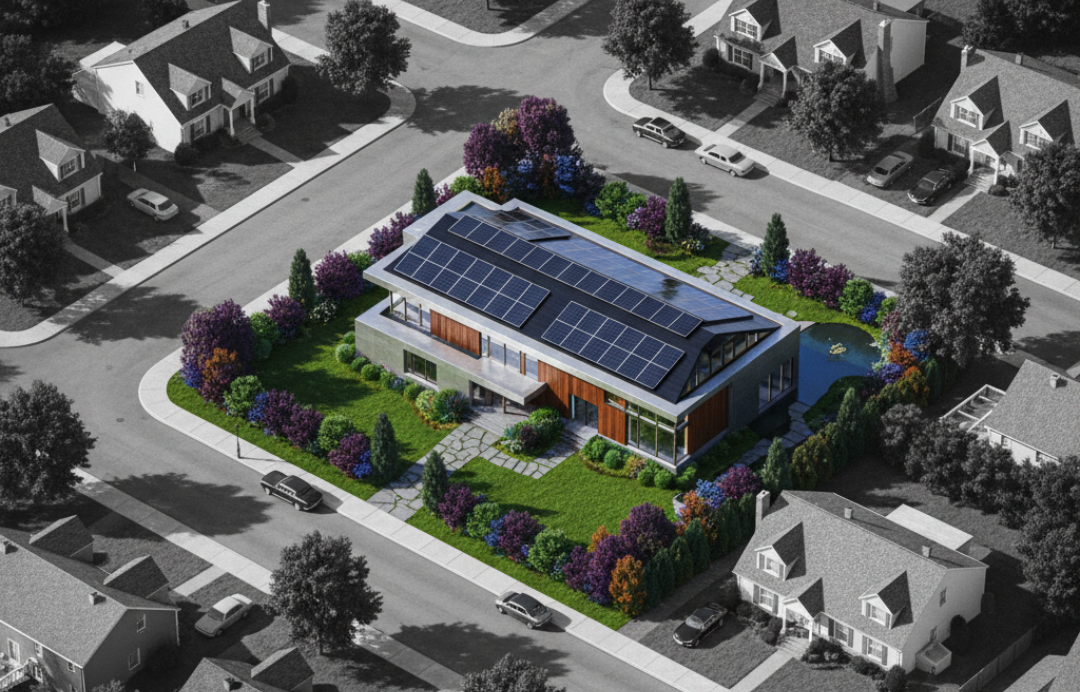Maximizing Your Solar Investment with SunSent Solar
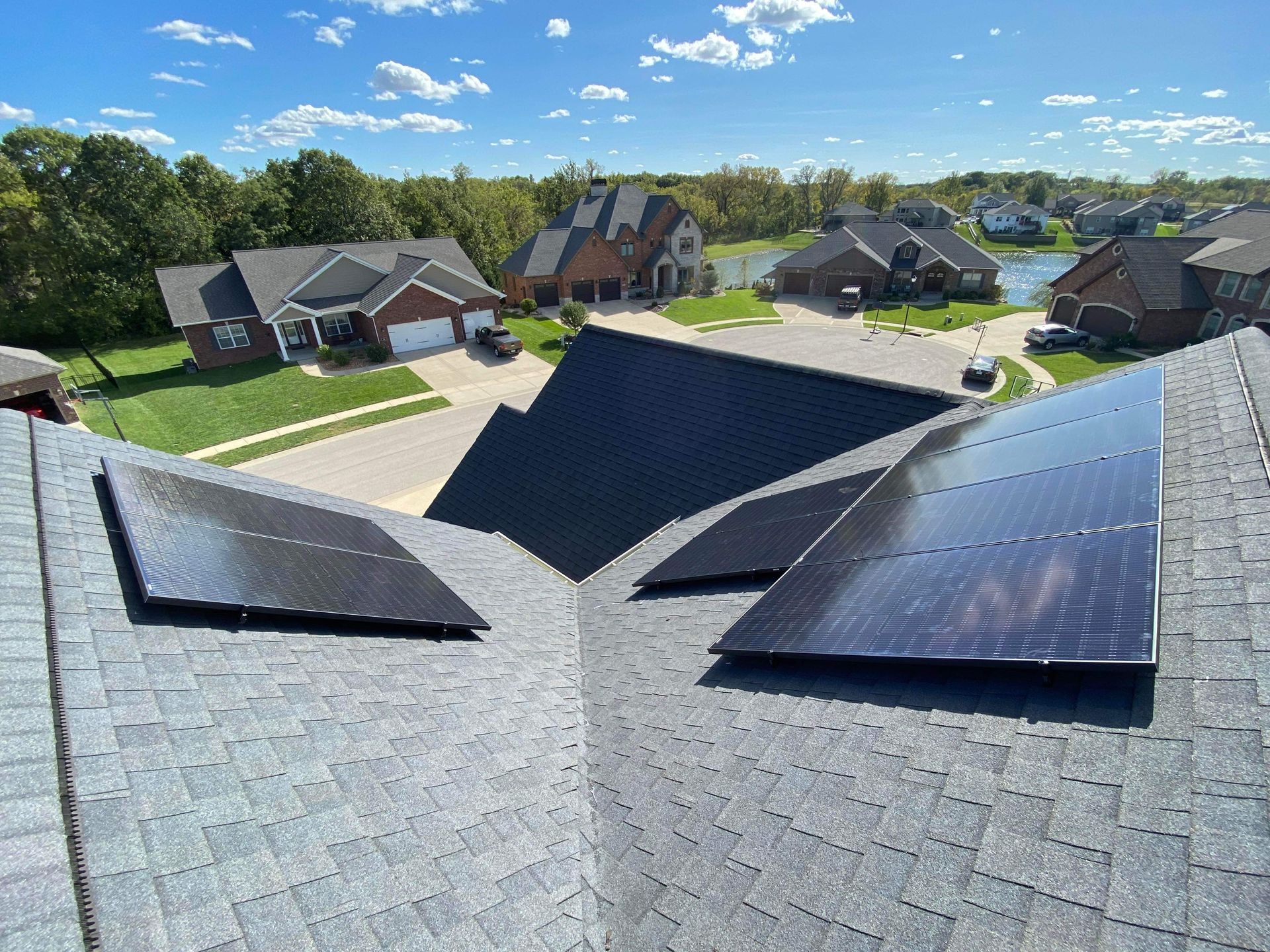
Switching to solar energy is not just an investment in your home—it’s an investment in a sustainable future. At SunSent Solar, our solar installation contractors understand the importance of guiding our customers through every step of the solar panel installation process, ensuring a smooth transition to clean, renewable energy that maximizes savings and reduces environmental impact.
That’s why we’ve collected this in-depth guide to going solar here.
Understanding the Installation Process
The switch to solar energy begins with a thorough consultation to assess your home’s energy needs and structural requirements. Experts discuss your goals, energy consumption patterns, and any specific preferences you have. By utilizing advanced tools like virtual site surveys, they gather detailed data to design a customized solar energy system tailored to your home’s unique specifications. This meticulous planning phase ensures optimal performance and efficiency once your system is operational.
Navigating Contracts & Approvals
Navigating the paperwork and regulatory approvals can be overwhelming. However, reliable professionals simplify this process by guiding you through contract reviews, financing options, and securing all of the necessary permits. Experts then collaborate closely with local authorities, homeowner associations, and utility companies to expedite approvals and ensure compliance with all the requirements.
Expert Installation & Inspection
Once permits are secured, certified installation partners take over to ensure a seamless installation process. Skilled residential solar installation experts boast a wide range of expertise and reliability, and typically, the installation process can be completed in as little as 1-2 days, minimizing disruption to your daily life. Post-installation, comprehensive inspections are conducted to verify compliance with safety standards and local building codes, making certain your system operates safely and efficiently for years to come.
Activating Your Solar System
After successful inspections, your solar installation contractor will complete the final steps toward activating your solar energy system. They assist in obtaining the Permission to Operate (PTO) from your utility provider, certifying your solar panels are seamlessly integrated you’re your local electrical grid. Once activated, you can begin generating your own clean energy, immediately benefiting from reduced electricity bills and a smaller carbon footprint.
Optimizing Your Solar Experience
Maximizing the benefits of solar energy extends beyond installation. Today’s leading solar energy contractors provide a variety of ways to monitor your system's performance and energy production in real time. Monitoring your energy consumption helps optimize savings and environmental benefits over time, as well as avoid excessive grid reliance. Additionally, investing in comprehensive maintenance plans can ensure your solar panels operate at peak efficiency throughout their lifespan.
Post-Activation Tips
Here are some tips to ensure you maximize your investment:
· Track Your Production: Monitor your system’s electricity generation and ensure it meets the expected outputs.
· Monitor Your Consumption: Be mindful of your energy usage to avoid unnecessary grid reliance, which can impact your savings.
· Maintain Your Panels: Regular maintenance ensures your panels operate efficiently. Consider investing in a regular service plan from your solar installation contractor for scheduled upkeep and prompt assistance for any issues.
Why Choose SunSent Solar?
SunSent Solar stands out for its dedication to excellence in solar energy solutions. Serving Missouri and Illinois, our team of skilled solar installers combines expertise with hands-on experience to craft bespoke solar energy systems perfectly tailored to your energy needs. We prioritize optimizing the performance of your solar panels to maximize energy savings, making certain every installation delivers exceptional results.
As one of today’s premier solar energy contractors, we believe in empowering homeowners to own their energy. By transitioning to solar power, you not only reduce your reliance on traditional utility providers but also transform your electricity bill from a liability into an asset. Our goal is to make solar ownership accessible and rewarding, allowing you to save money while contributing to a cleaner environment.
Our commitment to simplifying the solar journey sets us apart. From initial consultations to seamless installations, SunSent Solar offers comprehensive services across Greater St. Louis and Central/Southern Illinois. We begin with a free site assessment, followed by designing a customized solar solution that fits your specific requirements. Our meticulous installation process ensures quality craftsmanship and efficient system performance. We continue to support you with ongoing monitoring and maintenance, certifying your solar investment operates at peak efficiency for years to come.
We handle every aspect of your solar installation with care and expertise, guaranteeing a smooth transition to sustainable energy. Our team is dedicated to delivering exceptional customer service, guiding you through each stage of the process with transparency and integrity.
Solar Power Installation & Roofing Done Right in Missouri & Illinois!
With SunSent Solar, your journey to solar energy ownership is simplified into a four-step process designed for efficiency and reliability:
· Free Site Assessment
SunSent Solar initiates the process by conducting a thorough site assessment. This involves evaluating your property to determine its solar potential and understand your energy needs. By analyzing factors such as sun exposure, roof orientation, and available space, we can tailor the solar solution to your specific requirements.
· Custom Solar Design
Once the assessment is complete, SunSent Solar's experts create a personalized solar energy system design. This design is optimized for your home's unique layout and energy consumption patterns. They consider factors like roof space, shading, and local regulations to ensure maximum efficiency and aesthetics.
· Careful Installation
SunSent Solar takes pride in precise and professional installation. Our skilled installers follow industry-leading standards to ensure your solar panels are securely mounted, electrical connections are correctly established, and safety protocols are met. Proper installation is crucial for long-term performance and durability.
· Ongoing Monitoring & Maintenance
After installation, SunSent Solar continues to support you. We provide continuous monitoring of your solar system's performance. If any issues arise, we promptly address them to keep your system running smoothly.
Let us be your solar installation contractor today!
At SunSent Solar, we're committed to making solar energy accessible, efficient, and rewarding for homeowners across Missouri and Illinois. Contact us today online today at info@sunsent.com to start your journey towards cleaner, more affordable energy solutions with our trusted solar experts.

